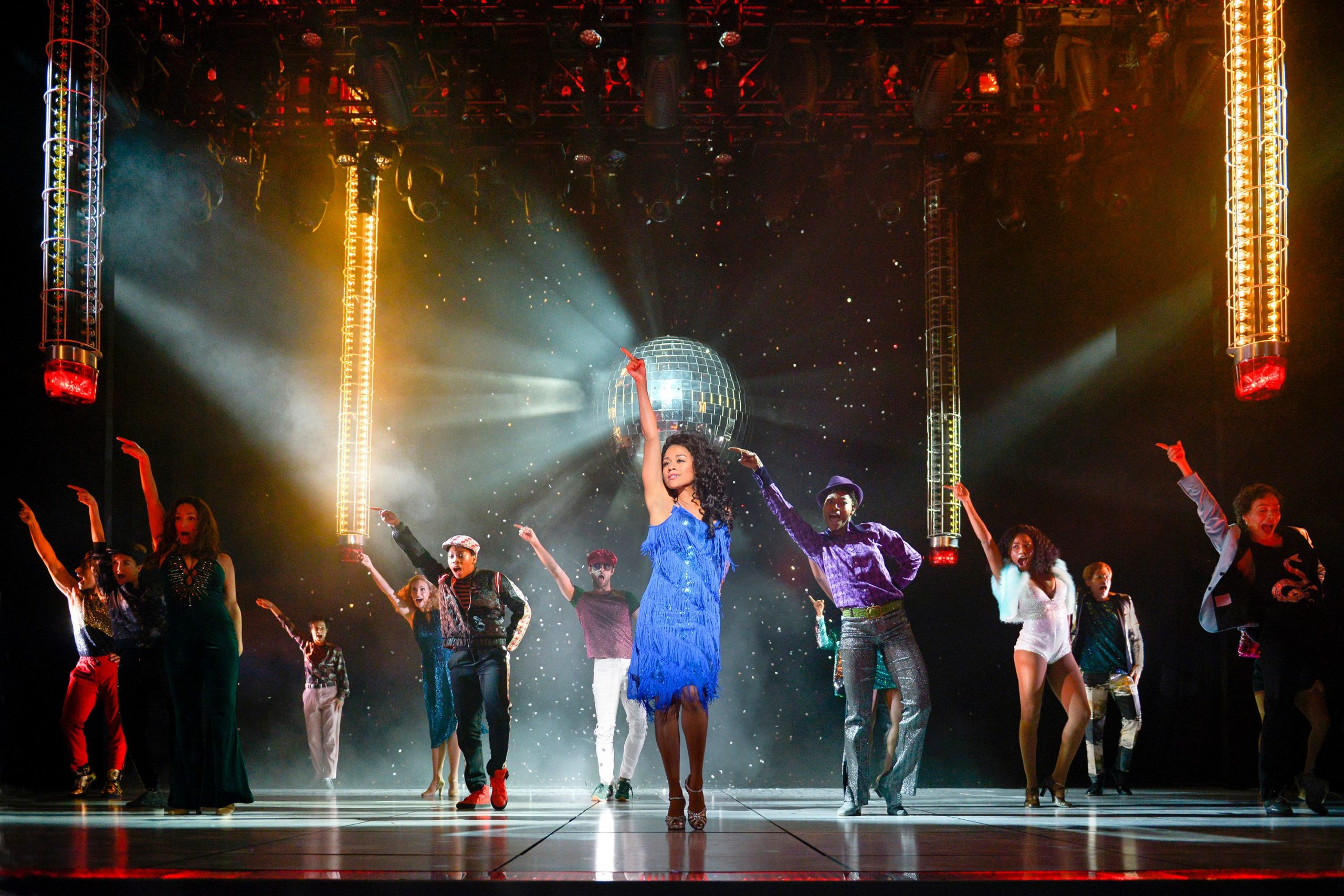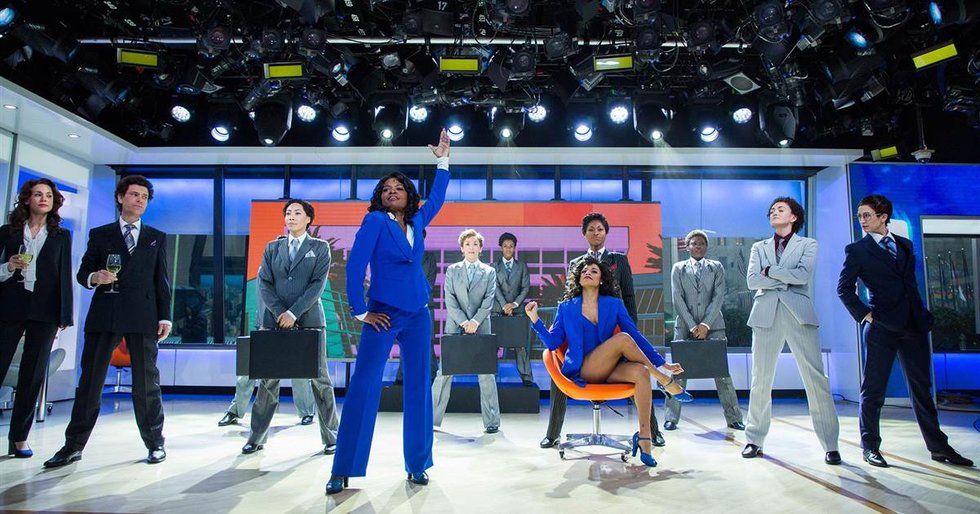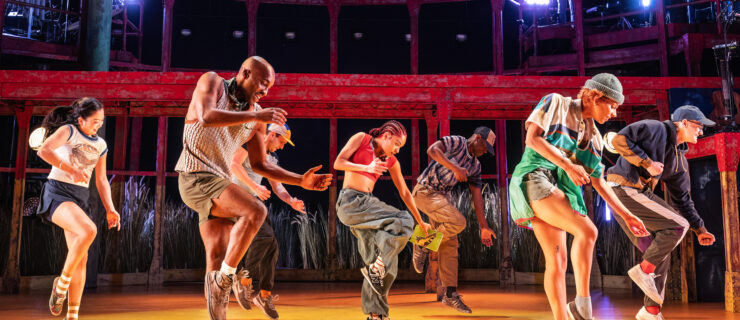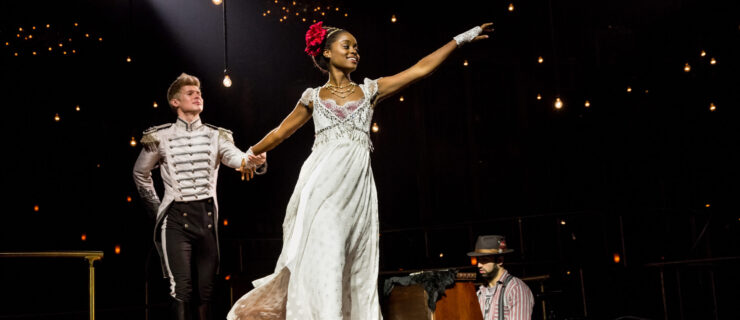This New Musical Honoring Donna Summer Features An All-Female Ensemble Playing Both Men and Women
Choreographer Sergio Trujillo asked the women auditioning for ensemble roles in his newest musical to arrive in guys’ clothing—”men’s suits, or blazers and ties,” he says. He wasn’t being kinky or whimsical. The entire ensemble of Summer: The Donna Summer Musical is female, playing men and women interchangeably as they unfold the history of the chart-busting, Grammy-winning, indisputable Queen of Disco.
Women even portray some of the leading male characters, like Summer’s first producer and songwriting partner, Giorgio Moroder. Co-writer and director Des McAnuff wanted a musical drenched in glitter and androgyny, like the disco era itself. The show, which opens this month at the Lunt-Fontanne Theatre, is the third hit-parade musical Trujillo has done. In 2005, he tracked the rise of Frankie Valli and the Four Seasons in Jersey Boys, which moved to an off-Broadway theater after 11 years. A decade later came On Your Feet!, the Gloria and Emilio Estefan story that’s currently on a nationwide tour.
Summer
may resemble those productions, but Trujillo says it’s deceptive. He won’t call them “jukebox musicals,” a term he reserves for songbook shows where “a sort of contrived story is written around the music.” He classifies the pop-star musicals he’s choreographed as autobiographical, because, he says, [paraphrase “we are actually telling the story of the artist.”
For Summer’s, the challenge has been “finding a vocabulary that vacillates between the sexes from number to number, and asking the dancers to find within them a specific way of moving—not to be men, but to have a mystery in the way that they move.”
Summer
also tells the story of a period—”an exuberant era of music and life and fun,” Trujillo says. Starting with “Love to Love You Baby,” in 1975, Summer churned out hit after hit until 2010, releasing singles and albums that inspired gyrations across the globe. The show includes some two dozen of her songs, but leans heavily on the ’70s, those fabled disco years in which Summer’s music reigned supreme.
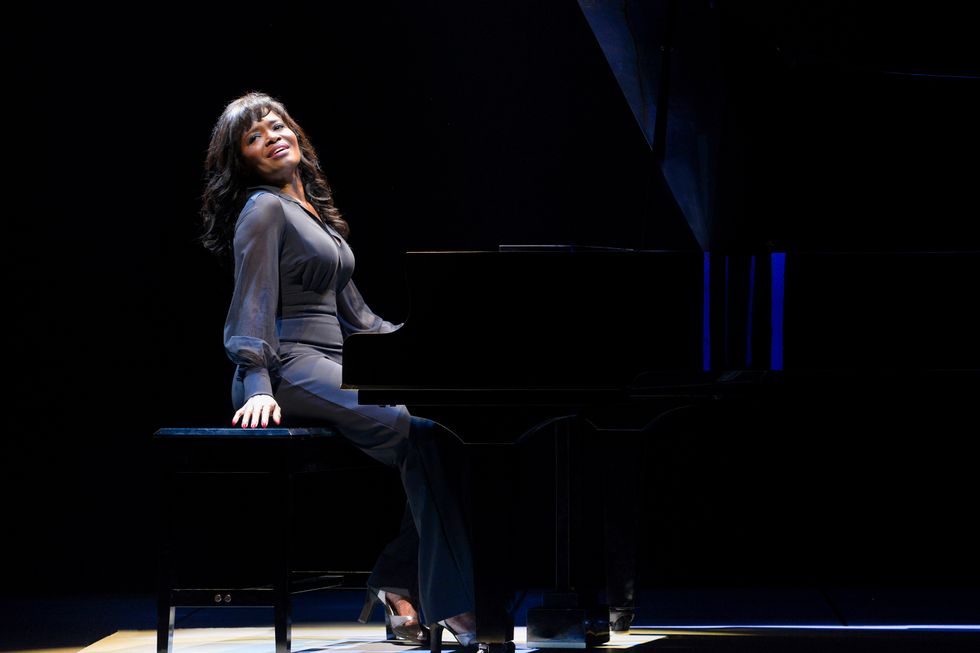
PC Kevin Berne, courtesy Boneau/Bryan-Brown
It’s a period that’s especially meaningful to Trujillo, who moved to Canada from Colombia in 1976, at the age of 12. “I had been listening to all-Latin music—Celia Cruz and Tito Puente,” he recalls. “But when I arrived in Toronto, it was the height of the disco era, and my cousins, who were already there, were heavily into the scene. One of them was a disco-dance champion.”
Now he’s setting the dances on his all-female ensemble and the three women playing Summer at various stages of her life. The first thing he did was call dance cobbler Phil LaDuca to ask for a special pair of shoes.
“I said, ‘I need to know exactly how it feels when I’m choreographing for these women.’ So he built me these fabulous boots with three-inch heels, and the minute I start rehearsal, those shoes are on. I’ve had instances where somebody says, ‘I can’t do that.’ And I say, ‘Okay, let me put my shoes on and I’ll show you that it’s possible.’ ”
He’s not just rearranging moves remembered from his teenaged disco outings with his cousins. “It’s not going to be a disco museum piece,” he asserts. In fact, it couldn’t be—Trujillo points out that without a codified style, disco allowed dancers many choices, including whether or not to dance with a partner.
The crucial element, he says, is freedom. “Donna had her own way of moving,” he notes. “She had rhythm and was very expressive in the way she felt the music.” Self-expression and joy, he says, were the point. So for Summer he stayed away from the partnered hustle moves, except for “hints now and then,” in favor of solo dancing.
With its ambisexual casting and disco-flash extravagance, he says, “It is not like any of the other shows I’ve ever done.” The aim, Trujillo says, “is to re-create the joyous time of disco, and what it meant, through the lens of 2018.”
